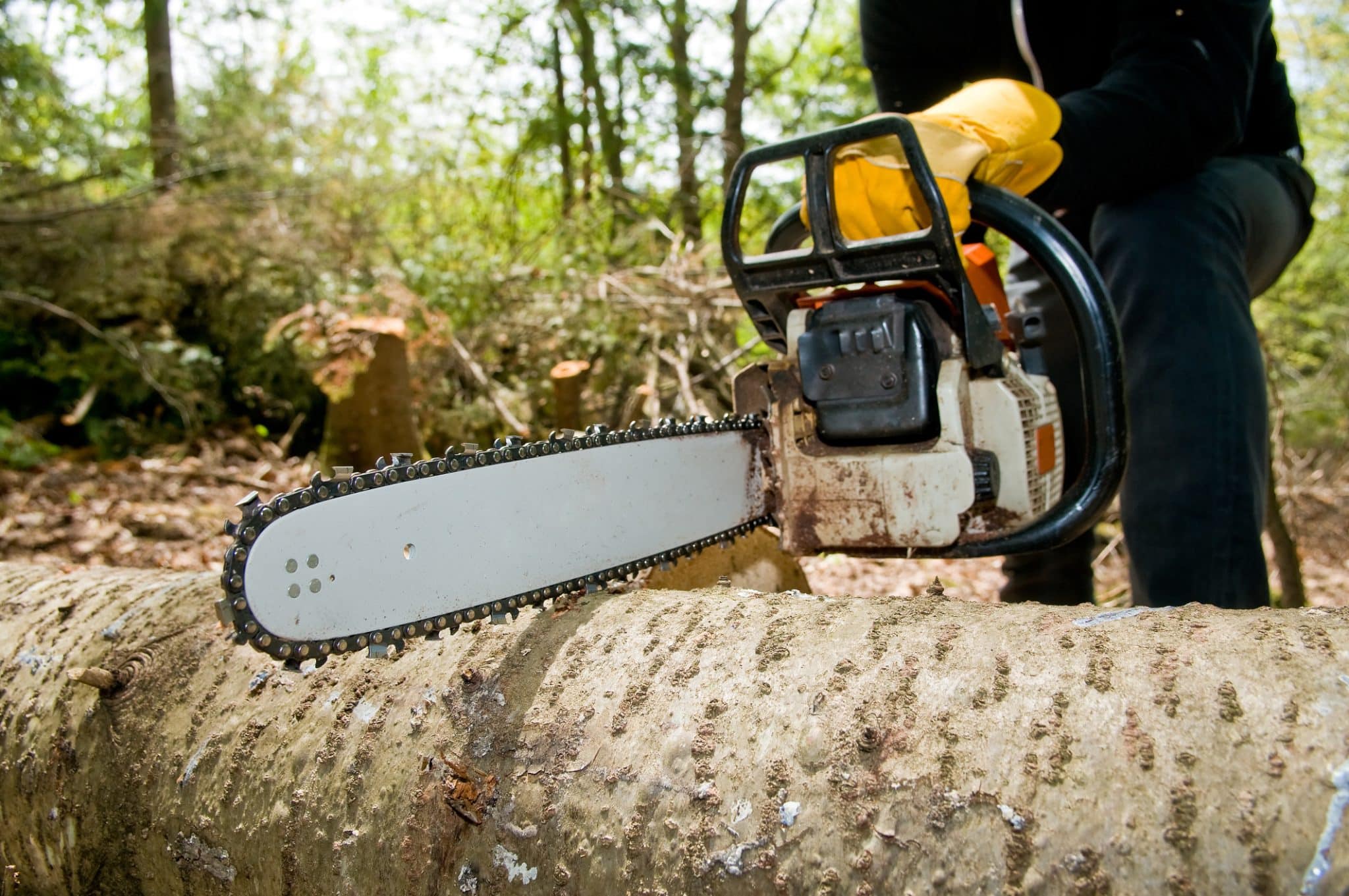Before we delve into the cutting process, it’s essential to have a basic understanding of palm trees. These iconic and graceful trees come in various species, each with its own unique characteristics. Knowing the specific type of palm tree you’re dealing with can be beneficial in planning the removal process. It can also help you anticipate any challenges that may arise. In this article we will discus how you can cut down a palm tree.
Why Removal of Palm Tree Is Necessary?
Palm tree removal is a crucial and required undertaking for various reasons. First and foremost, palm tree removal is critical for safety. Palm trees grow more susceptible to illnesses, pests, and structural deficiencies that can render them unstable as they age. A rotting palm tree is a serious hazard since it can drop large fronds or even tumble down, causing damage to property, automobiles, or even human life. Removing such a tree reduces this impending danger, assuring the safety of your surroundings.
Furthermore, palm tree removal is essential for aesthetics and property upkeep. Dead or dying palms can be ugly and reduce the overall curb appeal of your home. Their removal may quickly improve the visual attractiveness of your environment, adding to a more pleasant and appealing outdoor setting.
Tools Required to cut down a palm trees
- Chainsaw: Ideal for fast and efficient cutting, chainsaws are the go-to choice for larger palm trees.
- Reciprocating Saw: Suitable for smaller palm trees, these saws offer precision and maneuverability.
- Pole Pruner: Use for palm frond removal in tall trees without climbing.
- Loppers: are perfect for pruning smaller palm trees and maintaining their appearance.
- Pruning Saw: Great for precise cuts on branches and fronds.
- Safety Gear: Essential items include safety glasses, ear protection, gloves, and a hard hat for personal protection.
How to Cut Down a Palm Tree?
Begin by cutting a horizontal cut, known as a notch, on the side of the tree facing the direction you want it to fall. This cut should be about one-third of the way through the tree. The notch directs the fall’s path.
Following the notch, make a felling cut on the other side of the tree. This cut should be done just above the bottom of the notch and should meet the horizontal cut. The falling cut directs the tree’s fall in the desired direction.
Create a back cut on the same side as the notch but slightly above it. This cut regulates the fall by leaving a little uncut part (known as a “hinge”) on the opposite side. The hinge directs the tree’s fall, providing for a more accurate landing.
Move immediately to a safe distance away from the falling tree as it begins to fall. Maintain a clear and unhindered escape route.
After you’ve successfully chopped down the palm tree, you’ll be left with the branches and trunk to deal with. Remove the branches and chop the trunk into manageable chunks for disposal or reuse using your chainsaw or cutting equipment. Recycling palm fronds into mulch or utilizing them for other horticultural uses is an environmentally beneficial and sustainable choice.
Cut down a palm tree is a difficult undertaking, especially for bigger or more mature palms. If you have any concerns about the process or if the palm tree is close to any structures, it is best to consult with a professional arborist. Arborists with experience have the ability, equipment, and safety regulations to ensure the safe and effective removal of palm trees.
The timing of cutting down a palm tree is crucial to ensuring a safe and effective removal. The optimal time to do this activity is during the palm tree’s dormant phase, which normally occurs in late spring or early summer. During this season, the tree is less active in terms of development, making it easier to manage and lowering the chance of issues.
Cutting a palm tree while it is dormant reduces the possibility of sap flow, which can be messy and interfere with the cutting procedure. It’s also less stressful for the tree because it’s not putting forth new growth. Furthermore, avoiding the hurricane or storm season is critical since strong winds might make the tree more unpredictable during the fall.
If the palm tree causes an imminent safety concern, however, it should be removed as quickly as feasible, regardless of the season. The urgency of the issue takes precedence above the optimum time in such instances.
Frequently Asked Questions (FAQs)
Is it possible to do it yourself and chop down a palm tree?
While smaller palm trees may be removed by skilled homeowners, bigger or more complex removals are better left to experts for safety and efficiency.
What equipment is required to chop down a palm tree?
A chainsaw, protection clothing, and safety equipment are all essential items. The particular tools required may differ based on the size and condition of the tree.
Are there any rules against removing palm trees?
Local rules may apply, so check for permits or guidelines in your region before starting with removal.
Can I reuse the palm tree once it’s been removed?
Yes, palm tree trunks and fronds may be recycled for a variety of applications, such as handicrafts, mulch, or even as ornamental pieces.
How can I make sure a palm tree falls safely during removal?
Proper planning, the application of safety measures, and the creation of a clear fall route are critical to the safe descent of the palm tree.
Conclusion
Cut down a palm tree involves cautious preparation, safety precautions, and the proper instruments. Safety must be prioritized at all stages, from the first evaluation to the final cleanup. Removing a palm tree not only reduces safety issues but also improves the appearance and functioning of your home. Whether you’re an experienced DIY enthusiast or require professional assistance, this guide equips you with the knowledge needed for a successful palm tree removal.




